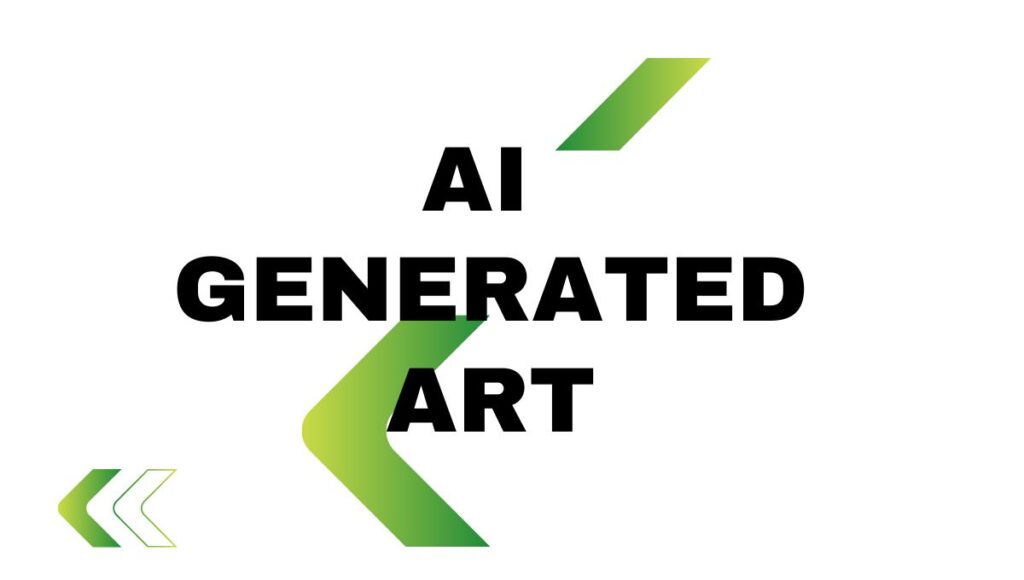In a world where technology is becoming increasingly prevalent, it’s no surprise that even the art world is starting to see the benefits of artificial intelligence (AI). AI-generated art has taken the world by storm in the past few years.
And while some may say that this type of art takes away from the artist’s creativity, it can enhance creativity. In this blog post, we will explore how AI-generated art can be used as a tool to enhance creativity. We will also dispel some of the myths about AI-generated art and show you how artists are using it all over the world.
What is AI-generated art?
Artificial intelligence (AI) has been used to generate art for centuries, but only recently has it become a tool for enhancing creativity. AI-generated art is created by algorithms that mimic the creative process of humans. These algorithms can identify patterns and trends in data, which they then use to create new, original pieces of art.
AI-generated art can be used to supplement or replace traditional methods of creating art. For example, an artist may use AI to generate ideas for new paintings or sculptures. Or, a musician may use AI to compose new songs or create new sounds for their music.
AI-generated art is not just for artists and musicians; anyone can use it to be more creative. For example, businesses can use AI to generate new product ideas or create better marketing campaigns. And educators can use AI to create custom lesson plans or develop new educational materials.
The possibilities for AI-generated art are endless. Whether an artist, musician, business owner, or educator, you can use AI to enhance your creativity and develop fresh ideas.

How can AI-generated art enhance creativity?
AI-generated art can help to enhance creativity by providing a new and different perspective on the world. By generating new and unique ideas, AI-generated art can help to stimulate the creative process and allow people to come up with new ideas. In addition, AI-generated art can also provide a source of inspiration for people who are looking for new ideas.
Examples of AI-generated art
There are many ways to create art using AI. Some artists use AI to generate ideas, and others use it to create art.
Some well-known examples of AI-generated art include:
The painting “Portrait of Edmond de Belamy” by the French collective Obvious sold for $432,500 at Christie’s in 2018. The portrait was generated by a machine learning algorithm using a dataset of 15,000 paintings.
The Japanese composer Tetsuro Oda created the music album “Hello World” using an AI system called Flow Machines.
The poetry book “The Robot’s Rebellion” by Mexican poet and writer Mario Bellatin was written with the help of an AI program called Muse.
How to create AI-generated art
There are many ways to create AI-generated art. Some people use machine learning algorithms to train a computer program to generate new images based on existing ones. Others use evolutionary algorithms to let the computer create new paintings based on the user’s set of parameters.
One popular method for creating AI-generated art is using a Generative Adversarial Network (GAN). A GAN consists of two neural networks, one that generates images and one that discriminates between authentic and rendered images. The generator network creates new photos while the discriminator network evaluates them. The two networks compete with each other, and the overall system improves over time as the generator creates better pictures and the discriminator gets better at discriminating between real and fake.
If you want to try creating AI-generated art yourself, there are many online tools that you can use. For example, D-ID lets you upload photos and then uses artificial intelligence algorithms to generate new versions. D-ID Generator also enables you to upload your images or choose from stock photos. It then uses a deep learning algorithm to create dreamlike versions of those images.
Conclusion
As someone who loves art and technology, I’m excited about the potential of AI-generated art. It can enhance creativity by giving people new ways to generate ideas and explore possibilities. I’m also hopeful that it will help more people appreciate algorithms’ beauty and see code’s creative potential